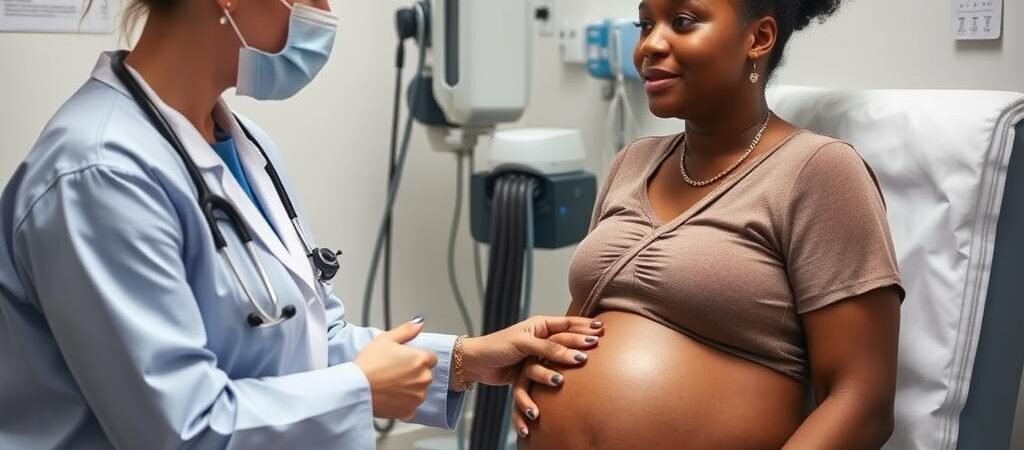President Donald Trump’s signature tax cut and spending package, dubbed the “One Big Beautiful Bill,” has passed both chambers of Congress and been signed into law. While much attention has focused on its tax implications, the legislation contains profound changes to healthcare funding that will significantly impact women’s health services across America. With over $1 trillion in welfare cuts, including major reductions to Medicaid and other safety net programs, women’s healthcare access faces unprecedented challenges.
Medicaid Cuts and Block Grants: Impact on Women’s Health
The cornerstone of the bill’s healthcare changes is a dramatic restructuring of Medicaid funding, which currently covers more than 71 million Americans. According to the Congressional Budget Office (CBO), these changes will leave an additional 17 million Americans without health coverage in the next decade.
For women specifically, these cuts represent a critical threat to essential healthcare services. Medicaid currently funds nearly half of all births in the United States and is the largest payer for reproductive health services, including:
- Prenatal and postpartum care
- Cancer screenings including mammograms and cervical cancer tests
- Family planning services
- STI testing and treatment
- Preventive care visits
The shift toward block grants means states will receive fixed amounts rather than funding based on actual enrollment and costs. This change is projected to reduce federal Medicaid spending by $39 billion in Texas alone over the next decade, according to KFF (formerly Kaiser Family Foundation).
Medicaid currently funds nearly half of all births in the United States
| State | Current Women on Medicaid | Projected Loss of Coverage | Funding Reduction (10 Years) |
| Texas | 2.1 million | 300,000+ | $39 billion |
| California | 5.3 million | 450,000+ | $52 billion |
| Georgia | 1.1 million | 175,000+ | $21 billion |
| New York | 3.2 million | 290,000+ | $45 billion |
| Florida | 2.4 million | 320,000+ | $33 billion |
The new work requirements will disproportionately affect women, who often serve as primary caregivers. Under the bill, able-bodied adults between ages 18-65 must prove they work at least 80 hours per month to qualify for benefits, with exemptions only for pregnant women, people with disabilities, and parents of children under 14.
Reproductive Healthcare: Contraceptive Coverage and Title X Changes
Beyond Medicaid cuts, the bill targets reproductive healthcare through several key provisions that will affect women’s access to contraception and family planning services.
The legislation specifically targets Planned Parenthood by banning federal Medicaid funds from going to clinics that offer abortions, even in states where abortion is legal. According to Planned Parenthood, nearly 200 health centers in 24 states are at risk of closure, with over 90 percent of those closures occurring in states where abortion remains legal.
Dr. Sarah Richardson, reproductive health policy expert at the Women’s Health Research Institute, explains: “These centers provide far more than abortion services. They’re often the only source of contraception, cancer screenings, and STI testing for women in rural and underserved areas. Their closure creates immediate healthcare deserts.”
Contraceptive Coverage Rollbacks
The bill also weakens the ACA’s contraceptive coverage mandate by expanding exemptions for employers who object to providing birth control coverage on religious or moral grounds. This change could affect millions of women who currently receive no-cost contraception through their employer-sponsored insurance.
Services at Risk in Women’s Clinics
- Contraception access and counseling
- Breast and cervical cancer screenings
- STI testing and treatment
- Well-woman exams
- Pregnancy testing and counseling
- Menopause management
Populations Most Affected
- Low-income women
- Rural residents
- Women of color
- College students
- LGBTQ+ individuals
- Uninsured and underinsured women
The Guttmacher Institute estimates that for every dollar invested in publicly funded family planning services, taxpayers save $7 in Medicaid costs related to unintended pregnancies. “These cuts are not only harmful to women’s health but fiscally counterproductive,” notes Dr. Jennifer Martinez, health economist at the Guttmacher Institute.
Maternal Health Programs: Addressing the Crisis
The United States already faces a maternal mortality crisis, with rates significantly higher than other developed nations. The bill’s changes to Medicaid threaten to worsen this situation by cutting funding for programs specifically designed to address maternal health disparities.
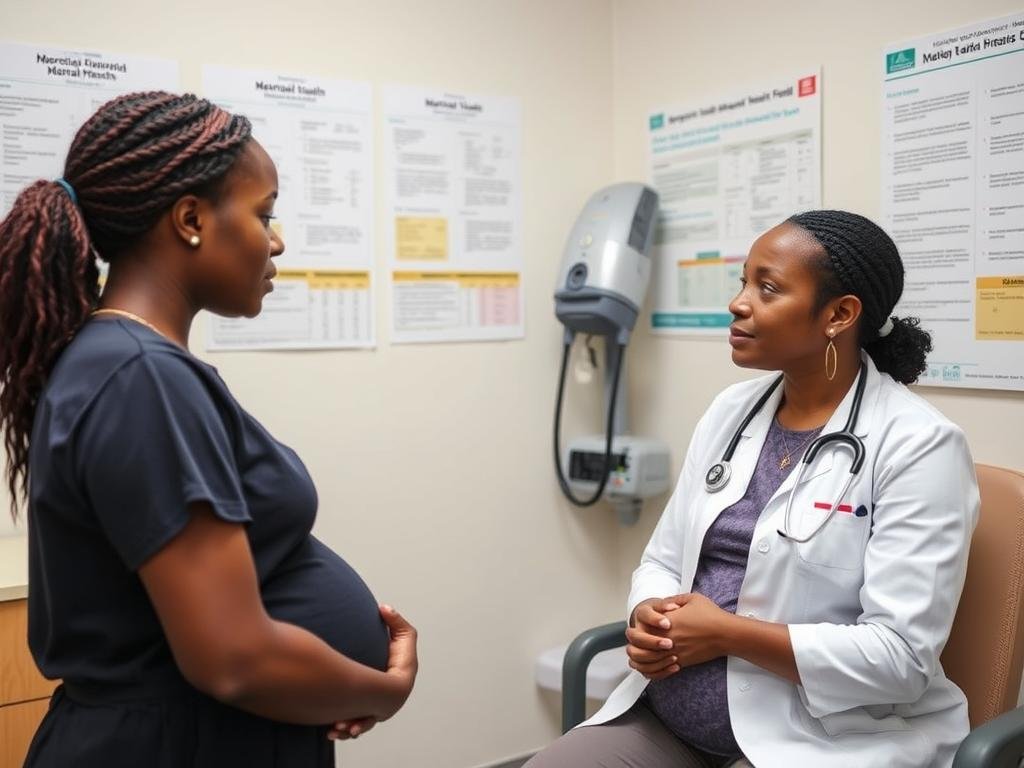
Maternal health programs face significant cuts under the new legislation
One critical program at risk is the ACA’s pregnancy-related Medicaid extension, which allows states to provide coverage to new mothers for 12 months postpartum instead of the standard 60 days. This extension has been crucial in addressing postpartum complications, which account for one-third of pregnancy-related deaths.
“The maternal mortality rate for Black women is already three times higher than for white women. These cuts will exacerbate existing racial disparities in maternal health outcomes. We’re moving backward at a time when we should be investing more in maternal health.”
The bill also reduces funding for the Maternal and Child Health Block Grant program, which supports state efforts to improve maternal health outcomes through home visiting programs, prenatal care coordination, and maternal mortality review committees.
State-by-State Maternal Health Impact
| State | Current Maternal Mortality Rate | Medicaid Coverage of Births | Projected Program Cuts |
| Georgia | 46.2 per 100,000 | 52% | $14.3 million |
| Louisiana | 58.1 per 100,000 | 65% | $12.7 million |
| Texas | 34.5 per 100,000 | 53% | $22.1 million |
CDC data shows that approximately 60% of maternal deaths are preventable with proper care and monitoring. The funding reductions in Trump’s bill threaten to reverse progress made in addressing this public health crisis.
State-by-State Analysis: Varying Impacts Across America
The effects of Trump’s Big Beautiful Bill on women’s health will vary significantly by state, with some regions facing more severe consequences than others. This disparity is largely due to differences in existing state healthcare infrastructure, Medicaid expansion status, and state-level policies.
Texas: A Case Study in Vulnerability
Texas, which never expanded Medicaid under the ACA, already has the highest uninsured rate in the nation. The bill’s changes will exacerbate existing challenges, with KFF projecting that Texas will lose $39 billion in federal Medicaid funds over the next decade.
For women’s health specifically, Texas has already experienced the consequences of defunding reproductive healthcare. After previous cuts to family planning services, the state saw a 27% increase in births among women who had previously accessed state-funded contraception.
California: Attempting to Buffer the Impact
California, which embraced Medicaid expansion, has announced plans to use state funds to partially offset federal cuts. However, even with these efforts, an estimated 450,000 women could lose coverage, with rural areas particularly affected.
“We’re preparing contingency plans, but there’s no way to fully replace this level of federal funding,” says California Health Secretary Maria Sanchez. “Women in rural counties will face the greatest barriers to care.”
Georgia: Widening Health Disparities
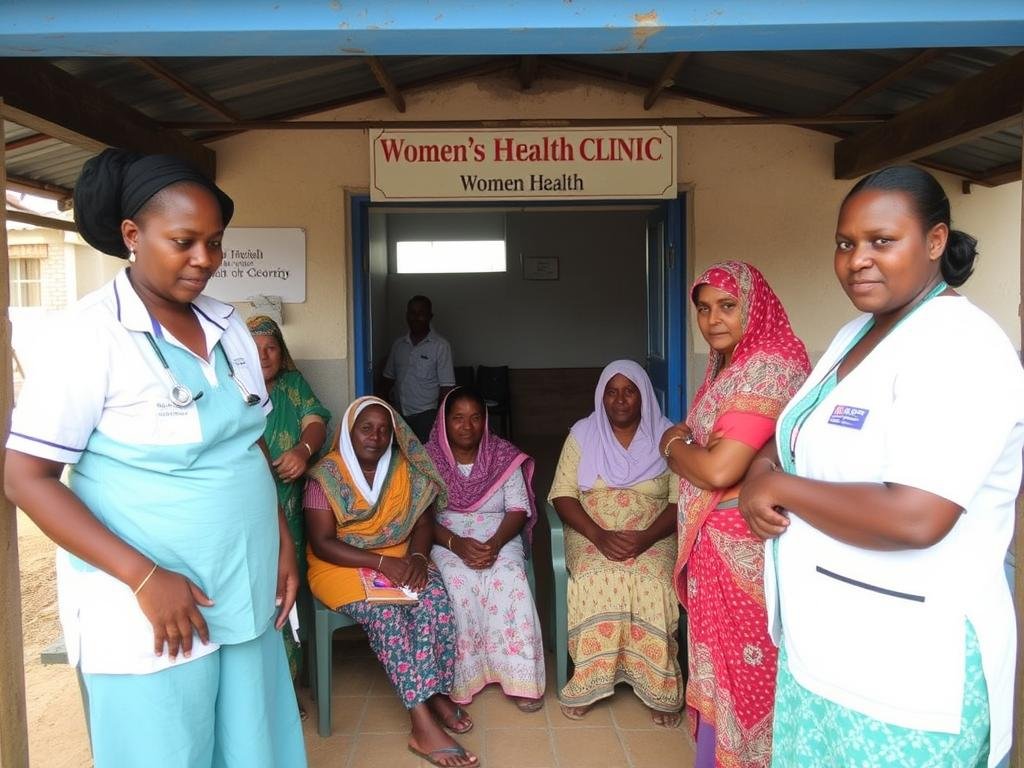
Rural women’s health clinics in states like Georgia face potential closure
Georgia, which has one of the nation’s highest maternal mortality rates, stands to lose significant funding for maternal health initiatives. The state’s rural counties, many of which already lack OB-GYN providers, will see further reductions in services.
According to the Georgia Rural Health Association, up to 15 counties could become “maternity care deserts” where pregnant women must travel more than 50 miles to access prenatal care.
Preventive Care Deserts: The CBO estimates that nationwide, the bill will result in the closure of approximately 350 community health centers that provide women’s preventive services, creating new “preventive care deserts” in at least 175 counties.
Expert Voices: Healthcare Advocates Respond
Women’s health advocacy organizations and policy experts have raised significant concerns about the bill’s impact on healthcare access and outcomes for women across the country.
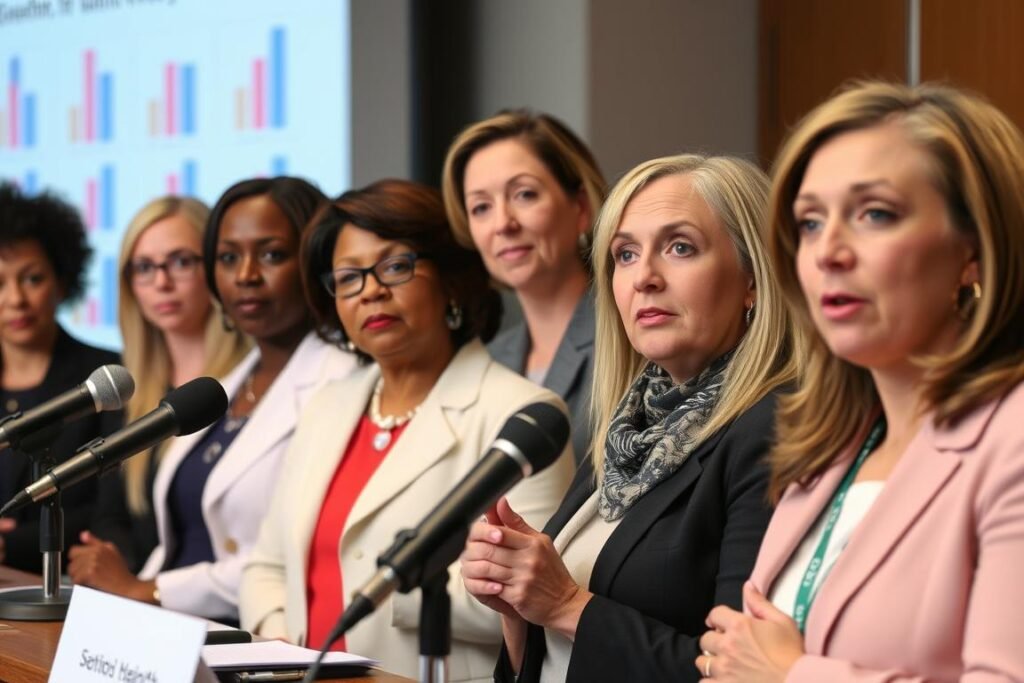
Healthcare advocates and policy experts have raised alarms about the bill’s impact on women’s health
“This legislation represents the most significant rollback of women’s healthcare access in a generation. The combined effect of Medicaid cuts, work requirements, and targeted defunding of reproductive health providers will create barriers to care that will be felt for decades to come.”
The American College of Obstetricians and Gynecologists (ACOG) has issued a statement expressing “profound concern” about the bill’s potential impact on women’s health services, particularly for vulnerable populations.
“Access to preventive care, contraception, and maternal health services is not a luxury—it’s essential healthcare,” says Dr. Lisa Hollier, past president of ACOG. “These cuts will force women to delay or forego necessary care, resulting in poorer health outcomes and higher costs in the long run.”
“The data is clear: when women lose health coverage, they delay seeking care for serious conditions. We anticipate increases in late-stage cancer diagnoses, unintended pregnancies, and preventable maternal deaths as direct consequences of these funding cuts.”
Healthcare providers in affected communities are already preparing for the changes. Dr. Renee Williams, who operates a women’s health clinic in rural Georgia, says: “We’re looking at how to stretch resources even further, but there’s no way around it—some women simply won’t get the care they need.”
Racial Disparities: Unequal Burden of Healthcare Cuts
The bill’s healthcare changes will not affect all women equally. Women of color, who already face significant disparities in healthcare access and outcomes, will bear a disproportionate burden of the cuts.
According to KFF data, Black women are more likely to rely on Medicaid for healthcare coverage, with 31% of Black women of reproductive age enrolled in the program compared to 16% of white women. Similarly, 29% of Hispanic women and 24% of Native American women depend on Medicaid for their healthcare.

Women of color face disproportionate impacts from healthcare funding cuts
Dr. Jamila Taylor, Director of Healthcare Reform at The Century Foundation, notes: “These cuts will exacerbate existing health inequities. Black women already face higher rates of maternal mortality, breast cancer deaths, and other adverse health outcomes. Reducing access to preventive care and treatment will only widen these gaps.”
Key Statistic: CDC data shows that Black women are 3.3 times more likely to die from pregnancy-related complications than white women. Native American women face 2.5 times the risk, while Hispanic women have a 1.8 times higher risk.
The work requirements in particular may create additional barriers for women of color, who are more likely to work in jobs with irregular hours or seasonal employment that makes it difficult to consistently meet the 80-hour monthly threshold.
Economic Impact: The Hidden Costs of Women’s Health Cuts
Beyond the immediate health consequences, the bill’s changes to women’s healthcare funding will have significant economic implications for families, communities, and healthcare systems.

Healthcare costs will shift to individuals as federal funding decreases
Research from the Commonwealth Fund indicates that for every $1 million reduction in healthcare spending, approximately 17 healthcare jobs are lost. With billions in cuts projected, women’s health providers—particularly in rural and underserved areas—will face difficult decisions about staffing and services.
“These cuts create a vicious cycle,” explains health economist Dr. Patricia Coleman. “As clinics reduce services or close, women delay seeking care until conditions become emergencies. This shifts costs to emergency departments and hospitals, which are already struggling financially, especially in rural areas.”
Long-term Economic Consequences
Individual Economic Impact
- Higher out-of-pocket healthcare costs
- Lost wages due to preventable illness
- Increased childcare costs due to health issues
- Financial strain from unplanned pregnancies
Community Economic Impact
- Healthcare job losses in vulnerable communities
- Reduced workforce participation due to caregiving
- Increased emergency service utilization
- Higher local tax burden for uncompensated care
A study by the UCLA Center for Health Policy Research estimates that the economic impact of reduced preventive care for women could reach $45 billion over the next decade when accounting for lost productivity, increased emergency care costs, and long-term health complications.
Frequently Asked Questions About the Bill’s Impact on Women’s Health
When will the Medicaid changes take effect?
Most Medicaid changes, including work requirements, will begin implementation in December 2026. States will need to develop verification systems and processes before that date. The full impact of funding reductions will be phased in over the next decade.
Will all women’s health clinics be affected equally?
No. Clinics that provide abortion services will face the most immediate funding challenges due to the Medicaid restrictions. However, all clinics serving primarily low-income populations will experience the effects of broader Medicaid cuts. Facilities in states that have not expanded Medicaid will generally face greater challenges.
Can states offset these federal funding cuts?
States have the option to increase their own funding for women’s health services, but most states will struggle to fully replace federal dollars. Some states, like California and New York, have announced plans to partially offset cuts to critical services, while others have indicated they lack the budget capacity to do so.
How will contraceptive access be affected?
The bill expands exemptions to the ACA’s contraceptive coverage mandate and reduces funding for Title X family planning services. Women who receive contraception through Medicaid or federally funded clinics may face reduced access. Those with employer-sponsored insurance could see changes to coverage if their employers claim religious or moral exemptions.
Conclusion: The Path Forward for Women’s Health
Trump’s Big Beautiful Bill represents a significant shift in federal healthcare policy with far-reaching implications for women’s health services. The combination of Medicaid restructuring, work requirements, and targeted funding restrictions will create new barriers to essential healthcare for millions of American women.
As implementation begins, healthcare advocates, providers, and state policymakers are exploring strategies to mitigate the most severe impacts. Some states are developing plans to supplement federal funding for critical services, while advocacy organizations are preparing legal challenges to certain provisions.
For individual women concerned about these changes, health policy experts recommend:
- Checking your current eligibility for Medicaid and understanding how work requirements may affect your coverage
- Researching alternative healthcare resources in your community
- Contacting your state representatives about protecting women’s health services
- Staying informed about implementation timelines and potential policy adjustments
The full impact of these changes will unfold over several years, making ongoing advocacy and community engagement essential to protecting women’s access to comprehensive healthcare.
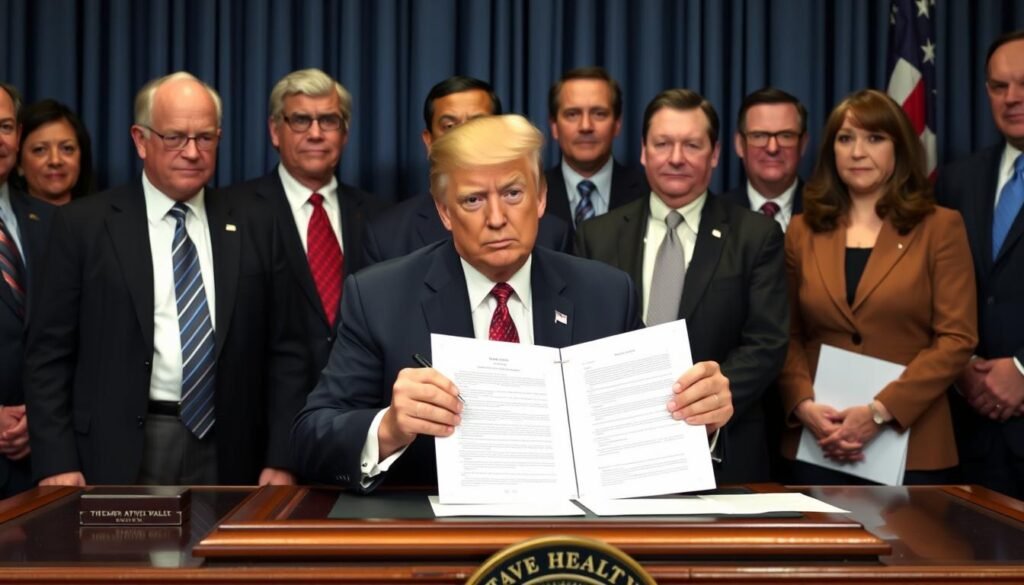
President Trump signing the “One Big Beautiful Bill” that includes significant changes to women’s healthcare funding
Healthcare advocates have organized protests against the bill’s healthcare provisions
Take Action: Contact Your Representatives
The implementation of Trump’s Big Beautiful Bill will occur over several years, giving citizens time to advocate for changes or state-level protections for women’s health services. Make your voice heard by contacting your representatives today.
Stay Informed About Women’s Health Policy
Subscribe to our newsletter for updates on healthcare policy changes and their impact on women’s health services.

Healthcare providers are developing strategies to maintain essential women’s health services
